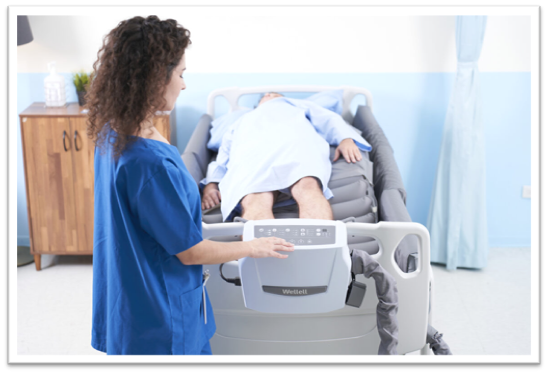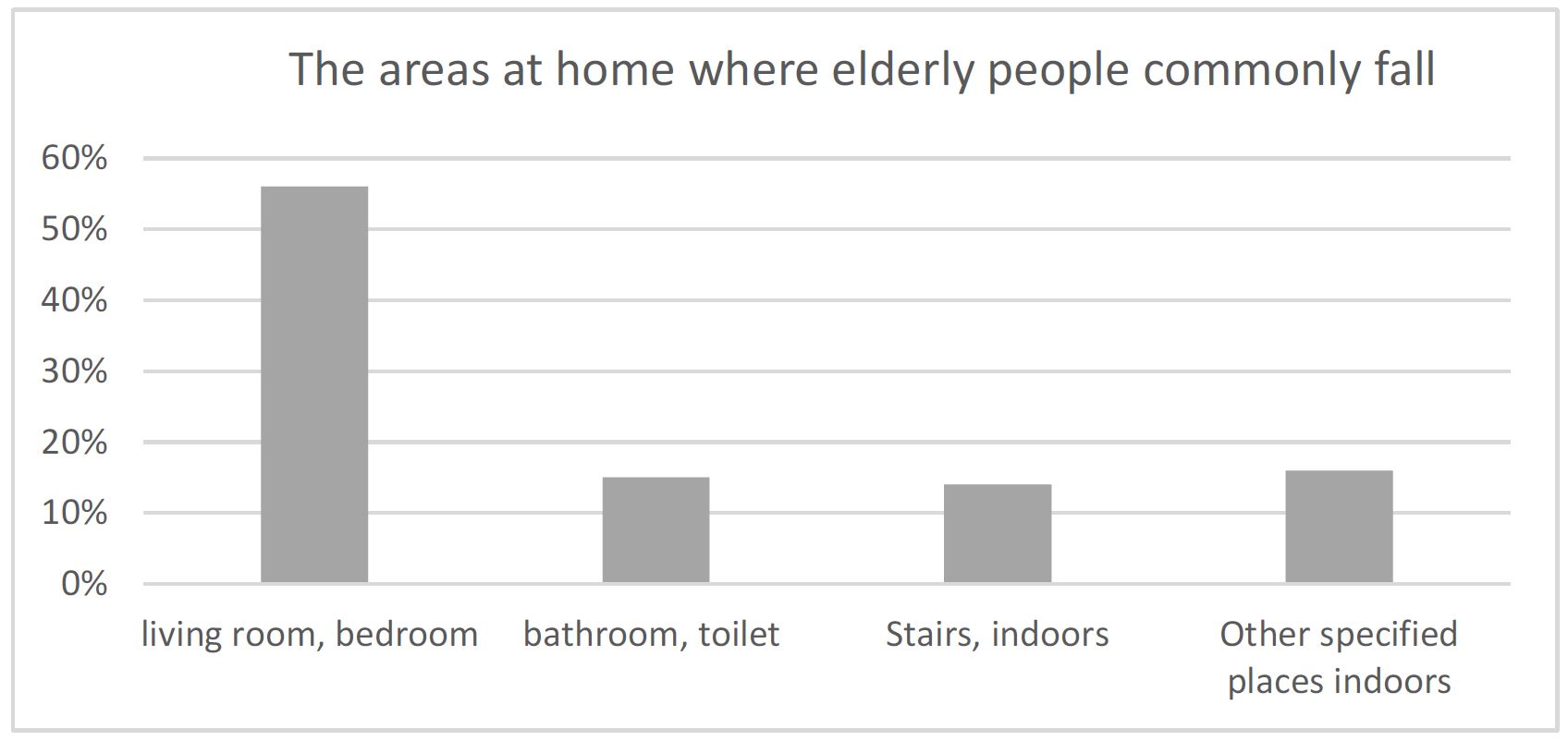White Paper
2024 May 02
Ensuring Safety: Importance of Proper Support Surfaces Fit in Healthcare

Choosing the right support surfaces and using them correctly is crucial for preventing complications. It's important to ensure that mattresses fit properly on bed bases to reduce entrapment and falling risks.
Fall Risk Awareness for Older Adults: Significance and Consequences
The European Public Health Association highlights that information regarding fall risks among older adults, especially related to falls in bed, is crucial. Older adults are highly susceptible to falls at home, with the living room or bedroom being the most common areas for falls to occur.

Falls not only cause physical injuries but also have a cascade of negative consequences for older adults. A registered nurse and clinical sleep educator, notes that adults over 60 suffering the greatest number of fatal falls, the risk is serious and one that requires constant vigilance on the part of the caregiver. Even if not fatal, a serious fall could threaten a senior’s ability to be self-sufficient, therefore shortening the amount of time they’re able to age in place or avoid relocation2.
Guidelines for Selecting Support Surfaces in Healthcare
The 2019 pressure injury prevention guidelines stress the importance of correctly selecting and using support surfaces in healthcare to prevent complications. It's crucial to ensure mattresses and bed rails are the right size to reduce entrapment risks, aligning overlays with side rails as per IEC guidelines. According to IEC 60601-2-52, the top of the side rail should be over 8.66 inches (220 mm) above the uncompressed mattress, a key specification for enhancing patient safety and preventing accidents in healthcare settings3.
Enhancing Patient Safety with Automated Turning Beds
The introduction of automatic turning beds has significantly advanced patient care technology. These beds automate patient repositioning, relieving caregiver workload and reducing back injuries. Additionally, they offer therapy modes that decrease pressure injuries during turning. Despite the advantages of automated turning beds, safety concerns such as the risk of falling and entrapment remain crucial. Optima Turn addresses these concerns with innovative side bolster designs that effectively prevent falls and entrapment, prioritizing patient safety while streamlining caregiving processes.
"Optima Turn" plays a crucial role in pressure injury prevention.
It is important in addressing critical aspects of patient care, particularly in fall prevention and ensuring caregiver safety. Here are the key benefits it provides:
1. Fall Prevention with Side Bolsters: Optima Turn features specially designed side bolsters that play a crucial role in preventing falls during automated turning movements. These bolsters act as a protective barrier, reducing the risk of patients falling off the bed during repositioning, thereby enhancing patient safety significantly.
2. Reduced Caregiver Workload and Injury Risk: By automating patient repositioning, Optima Turn significantly reduces the workload on caregivers. This automation not only streamlines the caregiving process but also minimizes the risk of back injuries and strains among caregivers, promoting their safety and well-being.
If want to know about Optima Turn https://www.wellell.com/en/products/optima-turn
Explore the Impact of Pressure Injuries on your hospital https://www.wellell.com/en/how-can-we-help
Resources:
1. Falls among older adults in the EU-28: Key facts from the available statistics Factsheet_falls_in_older_adults_in_EU.pdf (eupha.org)
3. National Pressure Injury Advisory Panel. (2019, March 13). Pressure Injury Prevention--Repositioning Frequency. Npiap.com. https://npiap.com/store/viewproduct.aspx?id=14123202

